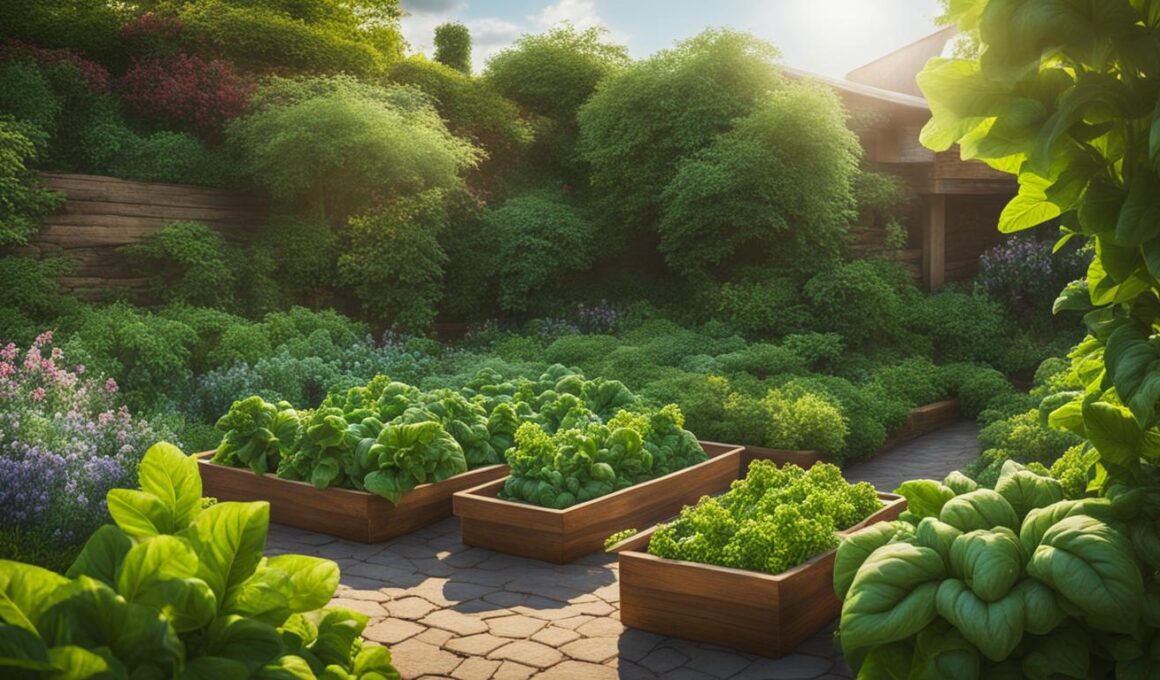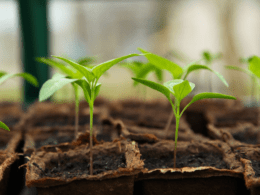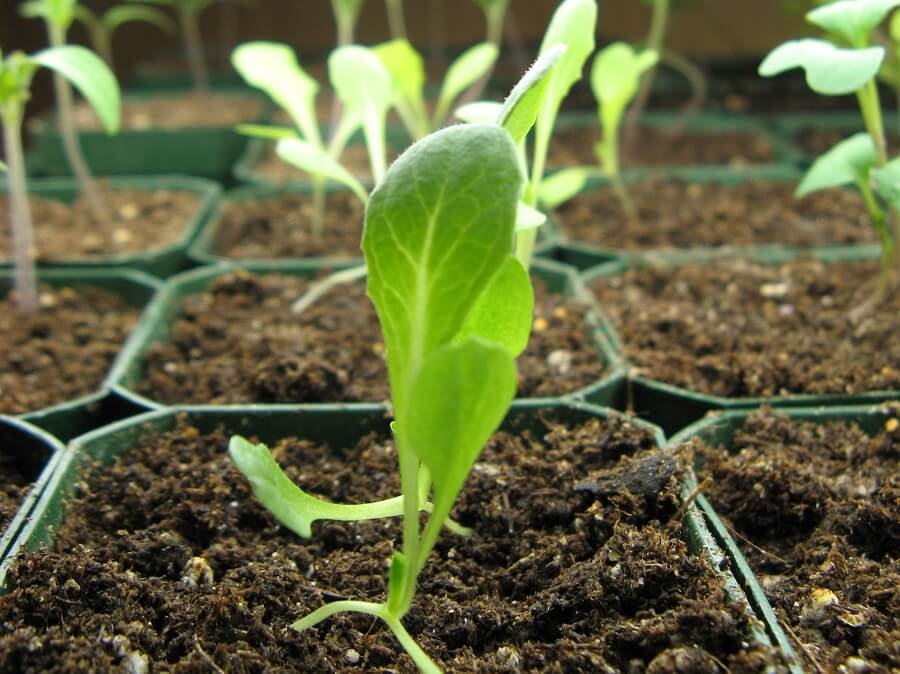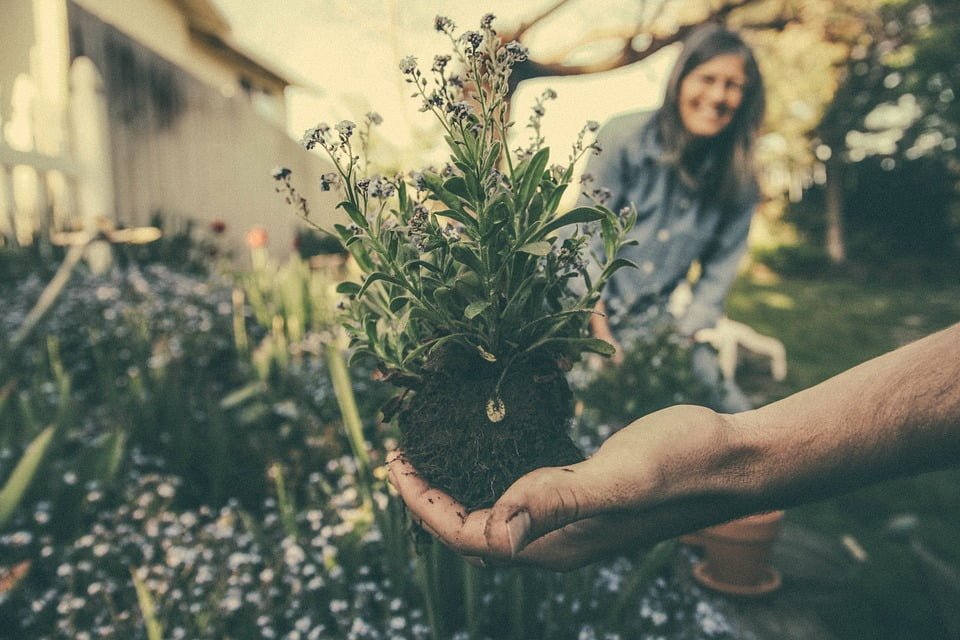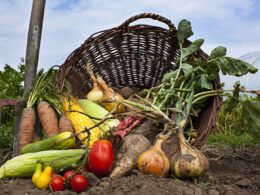Companion planting is a fantastic technique that allows you to grow basil and kale together in your garden. By strategically pairing these two plants, you can create a harmonious environment where they thrive and support each other’s growth. In this article, we will explore the benefits of companion planting basil and kale, provide tips on choosing the right location and soil, guide you through planting and caring for these plants, suggest the best companion plants, and advise against incompatible ones. Get ready to unlock the secrets of successful basil and kale companion planting!
Post Summary:- Companion planting basil and kale offers improved growth and natural pest control.
- Choose a sunny location with well-drained soil rich in organic matter for optimal growth.
- Water regularly, fertilize properly, and harvest leaves throughout the season for the best results.
- Tomatoes, carrots, parsley, marigolds, and nasturtiums are excellent companion plants for basil and kale.
- Avoid planting broccoli, cabbage, Brussels sprouts, and mustard greens near basil and kale.
The Benefits of Basil and Kale Companion Planting
Companion planting basil and kale offers a range of benefits that can enhance the growth of both plants. By cultivating these two plants together, you can experience improved growth, natural pest control, and maximize the use of your garden space.
One of the key benefits of companion planting basil and kale is the improved growth that they can achieve when grown side by side. Basil has a fragrance that deters pests, helping to protect both plants from common garden pests. Meanwhile, kale is a hardy green that can enhance soil quality, providing the necessary nutrients for both plants to thrive.
Another advantage of growing basil and kale together is natural pest control. Basil’s strong aroma repels pests such as aphids, mosquitoes, and whiteflies, keeping them away from both plants. Additionally, planting basil and kale together can attract beneficial insects like ladybugs and praying mantises, which feed on garden pests, providing an eco-friendly solution to pest control.
By planting basil and kale together, you can optimize the use of your garden space. Both plants have similar growth requirements and can be grown in close proximity, allowing you to make the most of limited space. This is especially beneficial for small gardens or urban gardening where space may be limited.
Choosing the Right Location and Soil for Basil and Kale
To ensure successful growth and healthy plants, it is important to choose the right location and soil for your basil and kale. Both plants have specific requirements that must be met to optimize their growth and productivity.
Location: Basil and kale thrive in full sun, so it is crucial to select a spot in your garden that receives at least 6 hours of direct sunlight each day. This will provide them with the necessary light energy for photosynthesis and promote vigorous growth. Additionally, make sure the location is protected from strong winds, as they can damage the delicate leaves of basil and the sturdy foliage of kale.
Soil: Basil and kale prefer well-drained soil that is rich in organic matter. Before planting, prepare the soil by incorporating compost or aged manure to improve its nutrient content and drainage. This will provide a favorable environment for the roots to absorb essential nutrients and oxygen. Additionally, the organic matter helps retain moisture, ensuring the plants have access to water during dry periods.
By choosing a suitable location that offers ample sunlight and preparing the soil with organic amendments, you can provide optimal conditions for the growth of basil and kale. This will result in robust plants that produce an abundant harvest.
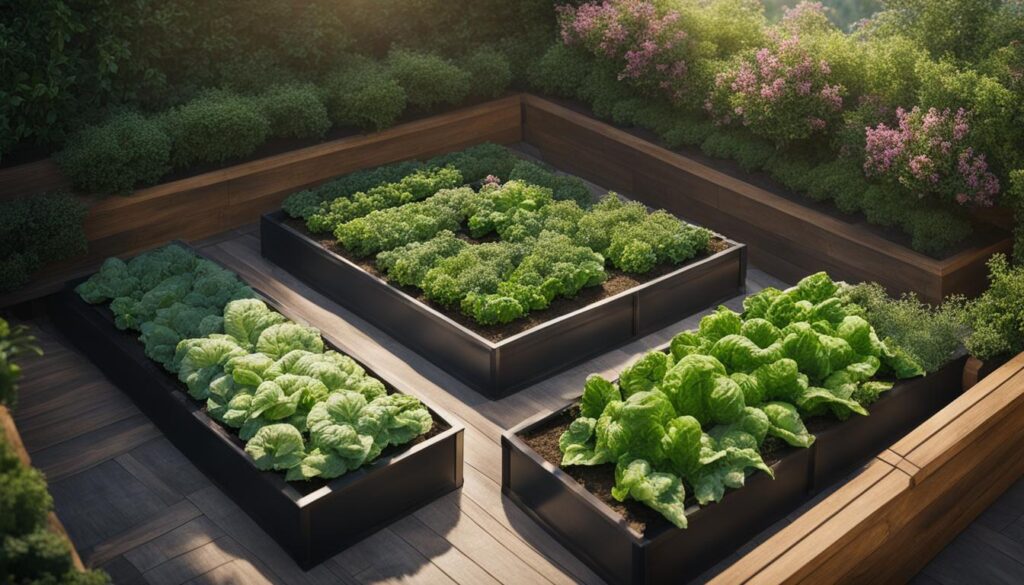
Soil Requirements
| Requirement | Basil | Kale |
|---|---|---|
| Light | Full sun (at least 6 hours) | Full sun (at least 6 hours) |
| Soil Type | Well-drained | Well-drained |
| Soil pH | 6.0-7.5 | 6.0-7.5 |
| Soil Amendments | Compost or aged manure | Compost or aged manure |
Planting and Caring for Basil and Kale
When it comes to planting basil and kale, there are a few key steps to ensure successful growth and a bountiful harvest. Whether you choose to sow seeds directly in the ground or start them indoors, both plants require proper care and attention to thrive.
Planting Basil
If you’re starting basil from seeds, plant them about 1/4 inch deep in well-drained soil. You can also start basil indoors 6-8 weeks before the last frost date and transplant them once the soil has warmed up. Plant basil seedlings about 12 inches apart to provide enough space for each plant to grow.
Planting Kale
Kale seeds can be sown directly in the garden once the soil temperature reaches around 40°F (4°C). Plant them about 1/2 inch deep, spacing the seeds 12-18 inches apart. Thin the seedlings to 8-12 inches apart once they have grown a few inches tall to give them room to develop properly.
Both basil and kale require regular watering to keep the soil moist. Aim to water them deeply, providing enough moisture to soak the soil to a depth of 6 inches. Be careful not to overwater, as soggy soil can lead to root rot. Mulching around the plants can help retain moisture and suppress weeds.
Fertilizing is important to ensure healthy growth. Kale benefits from a balanced liquid fertilizer applied every few weeks. Basil, on the other hand, can benefit from occasional applications of compost tea or fish emulsion for a nutrient boost. Follow the instructions on the fertilizer packaging for proper dosage and application.
To harvest basil, simply pinch or cut off the leaves from the top of the plant as needed. This will encourage new growth and ensure a continuous supply of fresh leaves throughout the growing season. Kale leaves can be harvested when they reach the desired size, usually around 8-10 inches long. Cut the outermost leaves first, leaving the center leaves to continue growing.
| Planting | Watering | Fertilizing | Harvesting |
|---|---|---|---|
| Sow basil seeds 1/4 inch deep or start indoors | Deep watering, keeping soil moist but not waterlogged | Occasional compost tea or fish emulsion | Pinch leaves from the top of the plant |
| Sow kale seeds 1/2 inch deep or start indoors | Deep watering, providing enough moisture to soak the soil | Balanced liquid fertilizer every few weeks | Harvest outer leaves first, leaving center leaves to grow |
Best Companion Plants for Basil and Kale
When it comes to companion planting with basil and kale, there are several options to choose from. Adding these companion plants to your garden not only enhances the growth and flavor of basil and kale but also adds visual interest to your outdoor space. Here are some of the best companion plants to consider:
Companion Vegetables
| Companion Vegetables | Benefits |
|---|---|
| Tomatoes | Provide shade to basil and deter pests |
| Beans | Nitrogen-fixing plants that enrich the soil |
| Carrots | Attract beneficial insects and improve soil structure |
| Onions | Repel pests and confuse insect larvae |
Companion Herbs
- Parsley: Enhances the flavor of basil and kale
- Thyme: Deters pests and improves overall plant health
- Oregano: Acts as a natural pest repellent and adds flavor
Companion Flowers
Adding flowering plants to your garden not only attracts pollinators but also adds beauty to your space. Consider these companion flowers for basil and kale:
“Marigolds, nasturtiums, and hyssop are all excellent choices. Marigolds repel pests, nasturtiums attract beneficial insects, and hyssop improves the overall health of nearby plants,” says gardening expert Lisa Green.
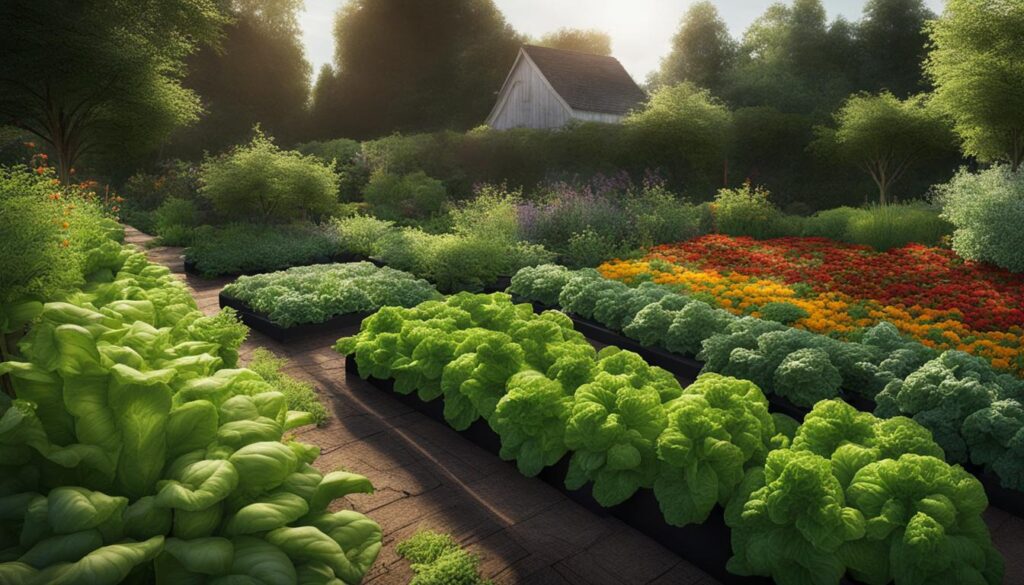
By incorporating these companion plants into your basil and kale garden, you can create a diverse and thriving ecosystem. These plants provide support, enhance growth, and protect against pests, resulting in healthier and more abundant harvests. So get creative with your garden design and enjoy the benefits of companion planting for basil and kale.
Avoiding Incompatible Plants with Basil and Kale
When it comes to companion planting basil and kale, there are certain plants that should be avoided. These plants can compete with basil and kale for resources, such as nutrients and space, which can hinder the growth and development of both plants. By being mindful of these incompatible plants, you can create a harmonious growing environment and ensure the success of your basil and kale companion planting.
Incompatible Plants with Basil and Kale
- Broccoli: Broccoli is not an ideal companion for basil and kale. Both plants belong to the Brassica family and are susceptible to similar pests and diseases. Growing them together can increase the risk of infestations and decrease overall plant health.
- Cabbage: Similar to broccoli, cabbage plants can compete with basil and kale for resources. Planting cabbage near basil and kale can lead to stunted growth and reduced yields for all three plants.
- Brussels Sprouts: Brussels sprouts have similar resource requirements as basil and kale, making them incompatible companions. These plants can compete for nutrients and space and may not thrive when grown together.
- Mustard Greens: Mustard greens can have allelopathic effects on basil and kale, releasing chemicals that inhibit their growth. It’s best to keep these plants separate to ensure optimal growth and yields.
By avoiding these incompatible plants, you can promote the healthy growth of basil and kale in your garden. Instead, focus on selecting companion plants that complement basil and kale, providing them with the nutrients and support they need to thrive.
| Incompatible Plants | Reasons |
|---|---|
| Broccoli | Similar pests and diseases |
| Cabbage | Competition for resources |
| Brussels Sprouts | Similar resource requirements |
| Mustard Greens | Allelopathic effects |
Remember, companion planting is all about creating a mutually beneficial relationship between plants. By avoiding incompatible plants and choosing the right companions, you can ensure optimal growth and maximize the benefits of growing basil and kale together.
Can I Grow Basil and Eggplant Together in the Same Garden?
Basil and eggplant can be grown together in the same garden, but growing kale and eggplant together may not be ideal due to their different growing requirements. Basil and eggplant are compatible companions, as their growth habits and watering needs are similar, making it easier to create an optimal environment for both plants. However, kale and eggplant have contrasting needs in terms of sunlight, soil, and water, making it challenging to provide optimum conditions for both.
Conclusion
In conclusion, growing basil and kale together through companion planting offers a multitude of benefits for your garden. By strategically choosing companion plants, you can improve the growth of both basil and kale, while also enhancing their flavor and overall health.
Companion planting not only provides natural pest control but also maximizes your garden space. By planting basil and kale alongside other compatible vegetables, herbs, and flowers, you create a diverse and thriving garden ecosystem that supports the growth of all plants involved.
Remember to provide the right growing conditions for basil and kale, including full sun exposure and well-drained soil. Regular watering, proper fertilization, and frequent harvesting will ensure the best results.
So why not start your own garden and experience the magic of growing basil and kale together? With companion planting, you can create a harmonious and productive garden that yields delicious home-grown produce for you to enjoy.
FAQ
What is companion planting?
Companion planting is the practice of growing one or more plants together to create a symbiotic relationship, benefiting each other in various ways.
What are the benefits of companion planting basil and kale?
Companion planting basil and kale can enhance growth, lead to bigger harvests, provide natural pest control, and maximize garden space.
Where should I grow basil and kale?
Basil and kale thrive in full sun, so choose a spot in your garden that receives at least 6 hours of direct sunlight each day.
What kind of soil do basil and kale prefer?
Basil and kale prefer well-drained soil that is rich in organic matter. Amend the soil with compost or aged manure before planting to improve drainage and nutrient content.
How do I plant and care for basil and kale?
Sow basil seeds directly in the ground or start them indoors and transplant later. Kale seeds can be sown directly or started indoors. Both plants require regular watering and fertilizing, and basil can benefit from occasional compost tea or fish emulsion.
What are some good companion plants for basil and kale?
Good companion plants include tomatoes, beans, carrots, onions, parsley, thyme, oregano, marigolds, nasturtiums, and hyssop.
What plants should I avoid planting near basil and kale?
Avoid planting broccoli, cabbage, Brussels sprouts, and mustard greens near basil and kale as they may compete for resources like nutrients and space.





